Puntcana Resort & Club: The untouched Caribbean paradise that became an A-listers' playground
It's half a century since a pair of visionary entrepreneurs took a chance on creating Punta Cana from a stretch of almost untouched jungle and coastline. Today, it's one of the finest resorts not just in the Dominican Republic but in the Caribbean as a whole.
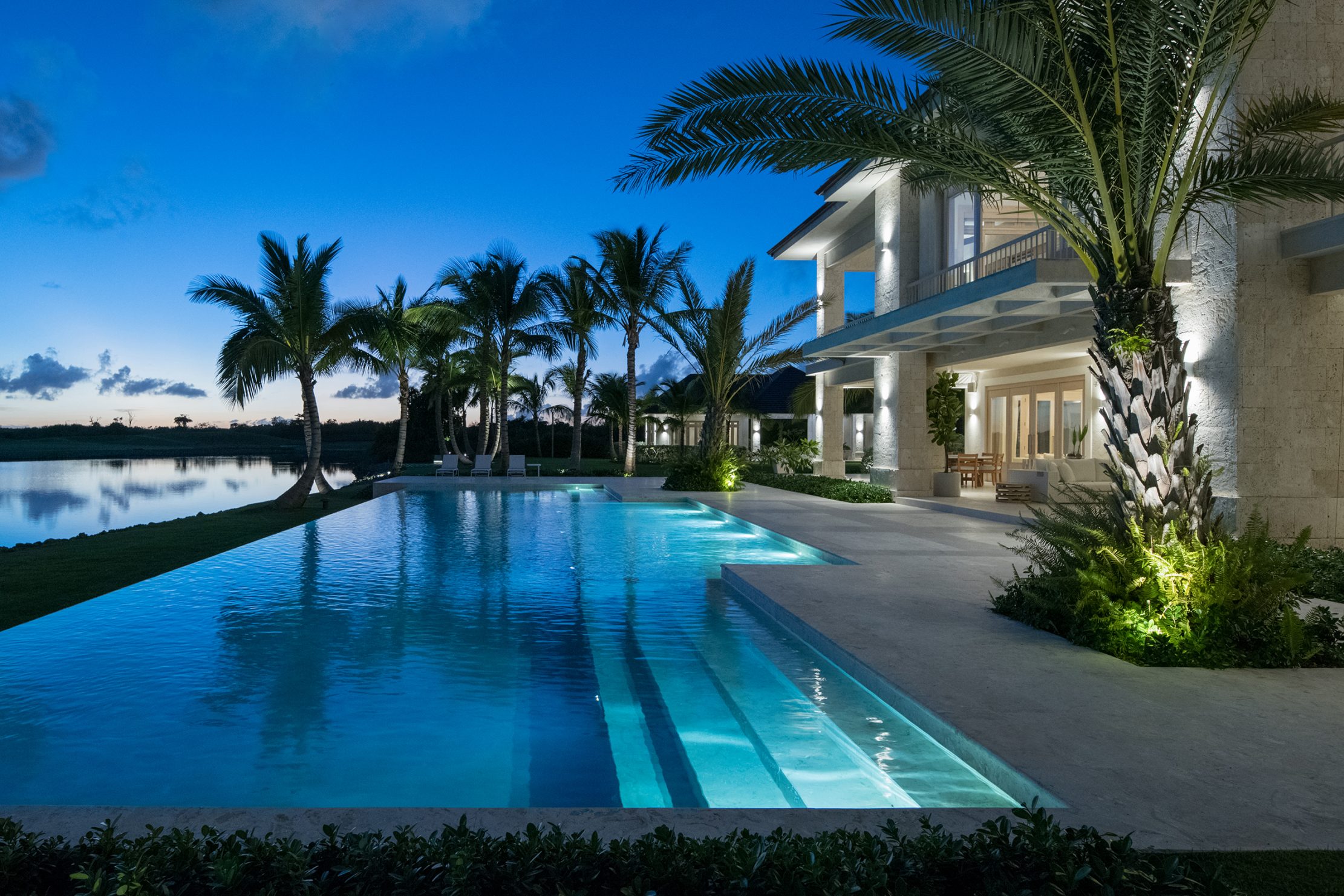
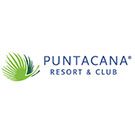
At the very end of the 1960s, a young Dominican looking for a way to make his mark in the world teamed up with a high-powered lawyer from New York to try an audacious gamble. Some 15,000 acres of land had come up for sale on the Eastern extremity of the Dominican Republic – the furthest tip of the island dubbed Hispaniola by Columbus when he landed here in 1492.
It had practically nothing by way of facilities – just mile after mile of jungle. Even the name hardly sounded auspicious: it was then called Punta Borrachón, or Drunkard’s Point. But the price of $200,000 – roughly £1m in today’s terms – seemed promising, as did the six miles of spectacularly perfect white sand along the coast. The entrepreneur and the lawyer – Frank Ranieri and Theodore Kheel – went for it.
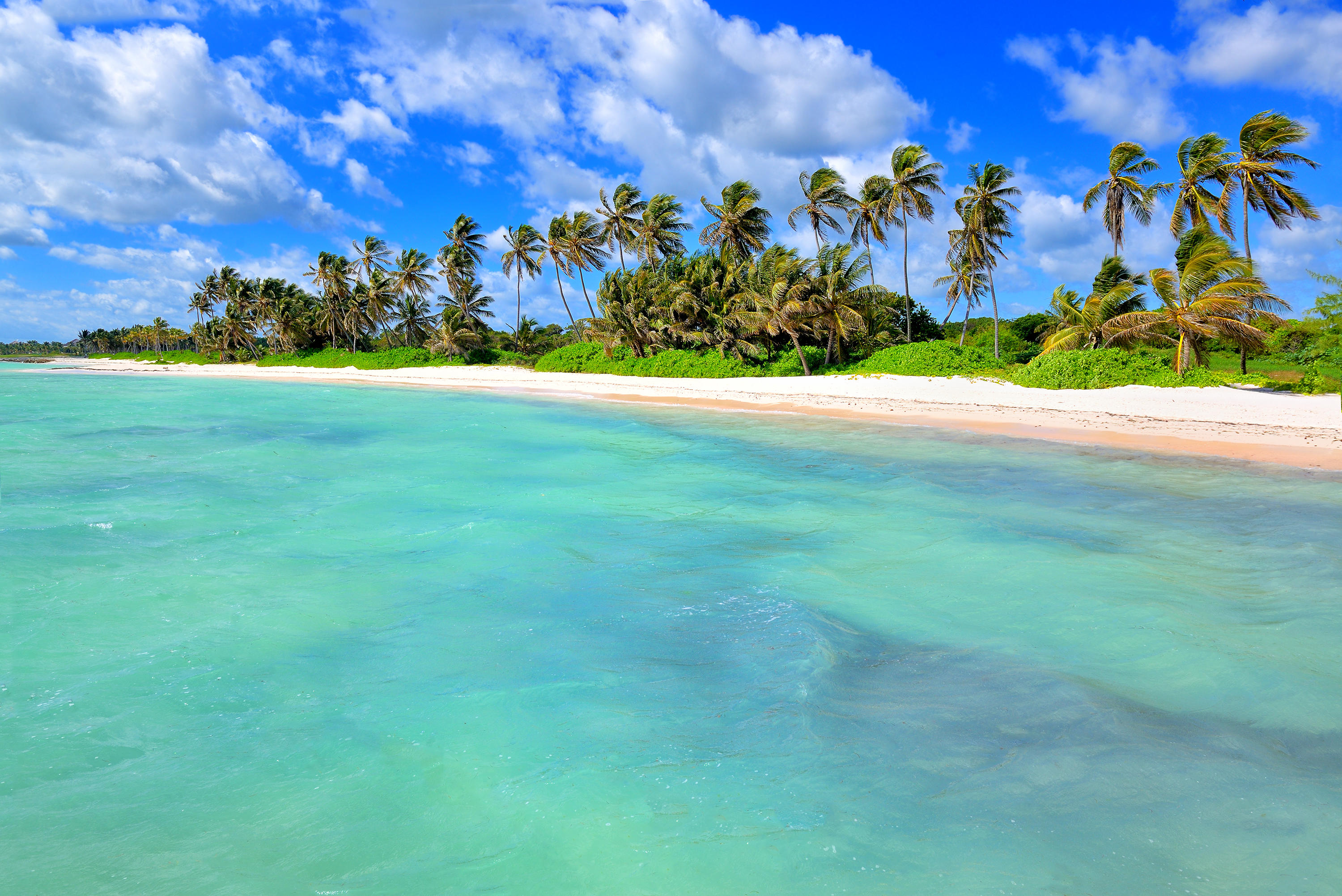
They started small, with a 40-room hotel and a salt water plant, but within a decade had built the Puntacana Resort & Club, from which this entire area now takes its name. A few years later they added an airport – another gamble, being the first privately-owned commercial airport in the Western Hemisphere, yet today it's the second-busiest in the Caribbean. In short, Punta Cana became one of the most successful holiday spots in the world, a place where the Clintons come on holiday and Julio Iglesias has a house.
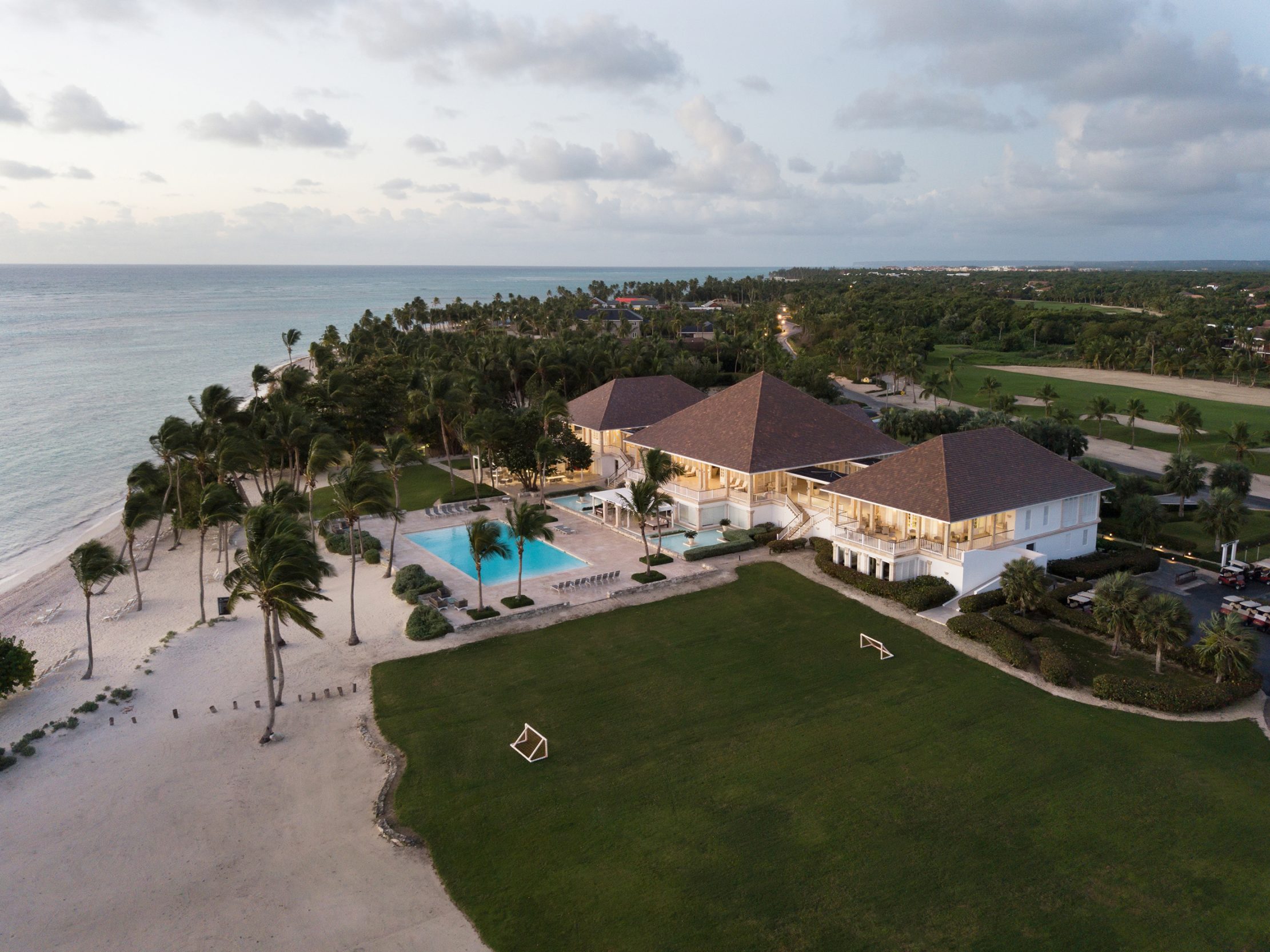
For all that success (Ranieri, now 75, is almost a billionaire) and the development of hotels, homes and shops in the area (there's even a new highway linking this once-remote area to Santo Domingo) the original jungle-and-beach paradise appeal has been retained at the Puntacana Resort.
The beach is spectacular and unspoilt, and the facilities sensitively blended into their surroundings and surrounded by lush tropical vegetation. Much of the surrounding area has been designated as an ecological reserve, while even the sea is protected: the waters off Punta Cana are a designated marine park. In short, the Puntacana Resort is unspoilt and will stay that way, since the resort’s non-profit Foundation has made a commitment to keeping the economic, environmental and social in balance with each other.
The social aspect is hugely important to the owners. Even at the resort's golf courses, for example, many tasks often delegated to machines at other courses are instead done by workers, so as to keep jobs open for Dominicans. It’s a refreshing attitude and one which reveals the philosophy of the founders: sustainable growth and long term development are more important than squeezing extra pennies in the short-term. And there's never any compromise on quality. In the case of the golf courses, the La Cana course, designed by PB Dye, has been named the best in the Caribbean by Golf Magazine while the newer Corales course has been designed by the great Tom Fazio, arguably the pre-eminent course architect working today, and regularly hosts a PGA Tour event.
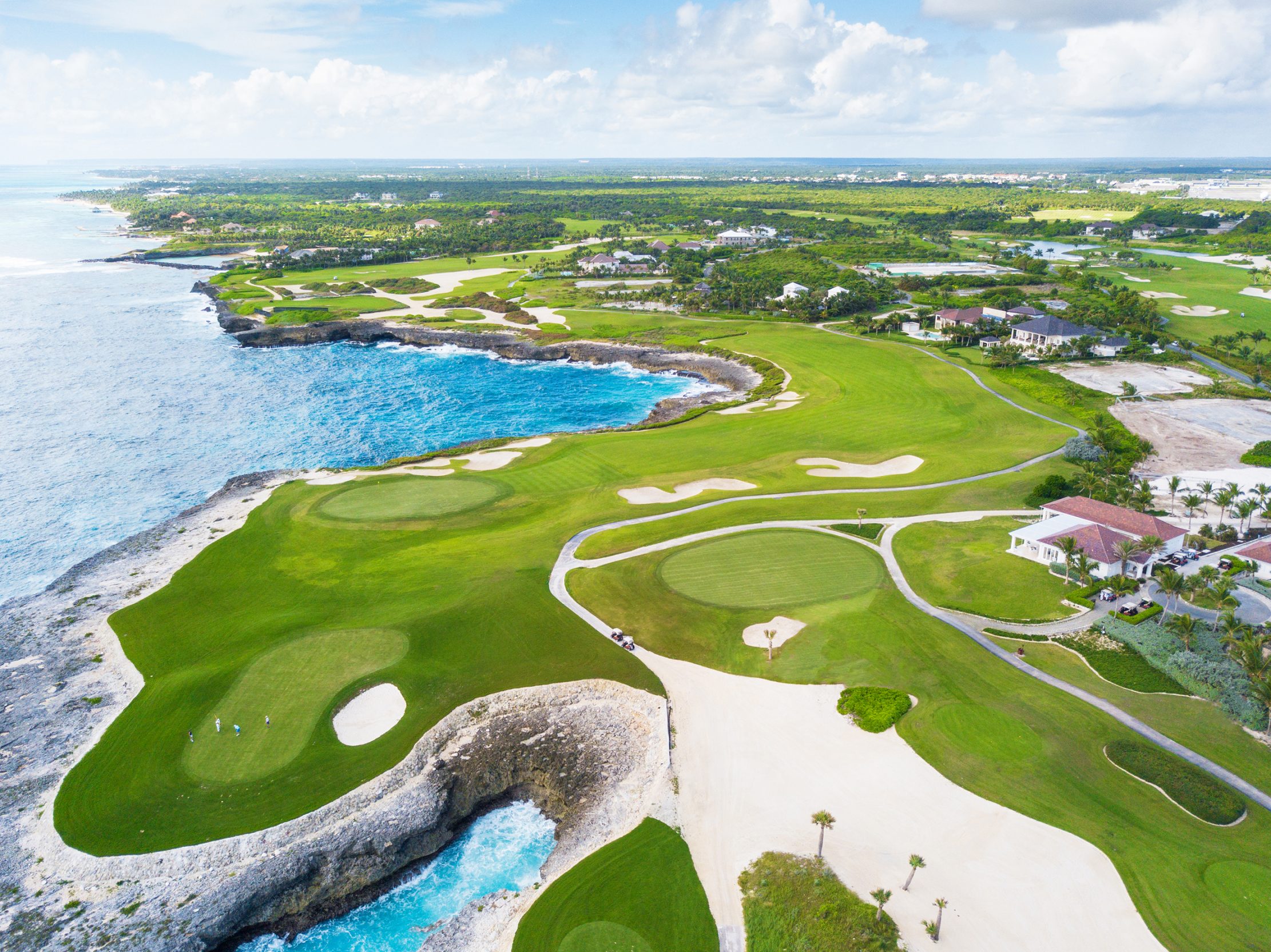
Whether you’re looking for a place for a Caribbean break or a spot to buy a holiday home, Punta Cana has all sorts of options. The most obvious starting point is the Westin Puntacana Resort & Club, whose 200 rooms overlook the Playa Blanca beach; there are all the restaurants, pools and leisure facilities you’d expect of a top class hotel. There's also the Four Points by Sheraton Puntacana Village, a modern hotel that's conveniently located right by the airport in the local commercial district, yet still just a short drive away from the beaches. It's an ideal place if you're mixing a little business with pleasure.
For something extra special, however, the 13 private villas of Tortuga Bay Hotel are the obvious choice. This separate, private enclave within the resort comprises just 13 beachfront homes of varying sizes, all located directly on the white sand beach, and all with interiors designed by the late, great Oscar de la Renta, who himself had a place here.
It’s a true idyll which aims to provide ‘understated elegance, privacy and unparalleled personal service’ for guests; that promise starts at the airport, where Tortuga Bay guests are whisked through the formalities without the bother of lengthy queues and luggage carousels.
You'll get the best of both worlds in terms of facilities, too: while the villas are in their own private area, all the many things to enjoy at the resort – from scuba diving and horse riding to the restaurants, bars and the Six Senses Spa – are still there for you.
There are places beyond of the main resort which are even more spectacular and private, with some of the villas in the area being as magnificent as anything in the Caribbean. This is where many of the regular A-list visitors have their homes.
Many of these exquisite places are available to rent as holiday homes via puntacana.com while there are houses available to rent longer term or to buy outright, as well as plots on which to build if you want to make your Caribbean home here. And why wouldn't you want to? 50 years after Ranieri and Kheel first opened up this paradise to tourism, the appeal of Punta Cana is stronger than ever.
Sign up for the Country Life Newsletter
Exquisite houses, the beauty of Nature, and how to get the most from your life, straight to your inbox.
-
 Six rural properties with space, charm and endless views, as seen in Country Life
Six rural properties with space, charm and endless views, as seen in Country LifeWe take a look at some of the best houses to come to the market via Country Life in the past week.
By Toby Keel
-
 Exploring the countryside is essential for our wellbeing, but Right to Roam is going backwards
Exploring the countryside is essential for our wellbeing, but Right to Roam is going backwardsCampaigners in England often point to Scotland as an example of how brilliantly Right to Roam works, but it's not all it's cracked up to be, says Patrick Galbraith.
By Patrick Galbraith
-
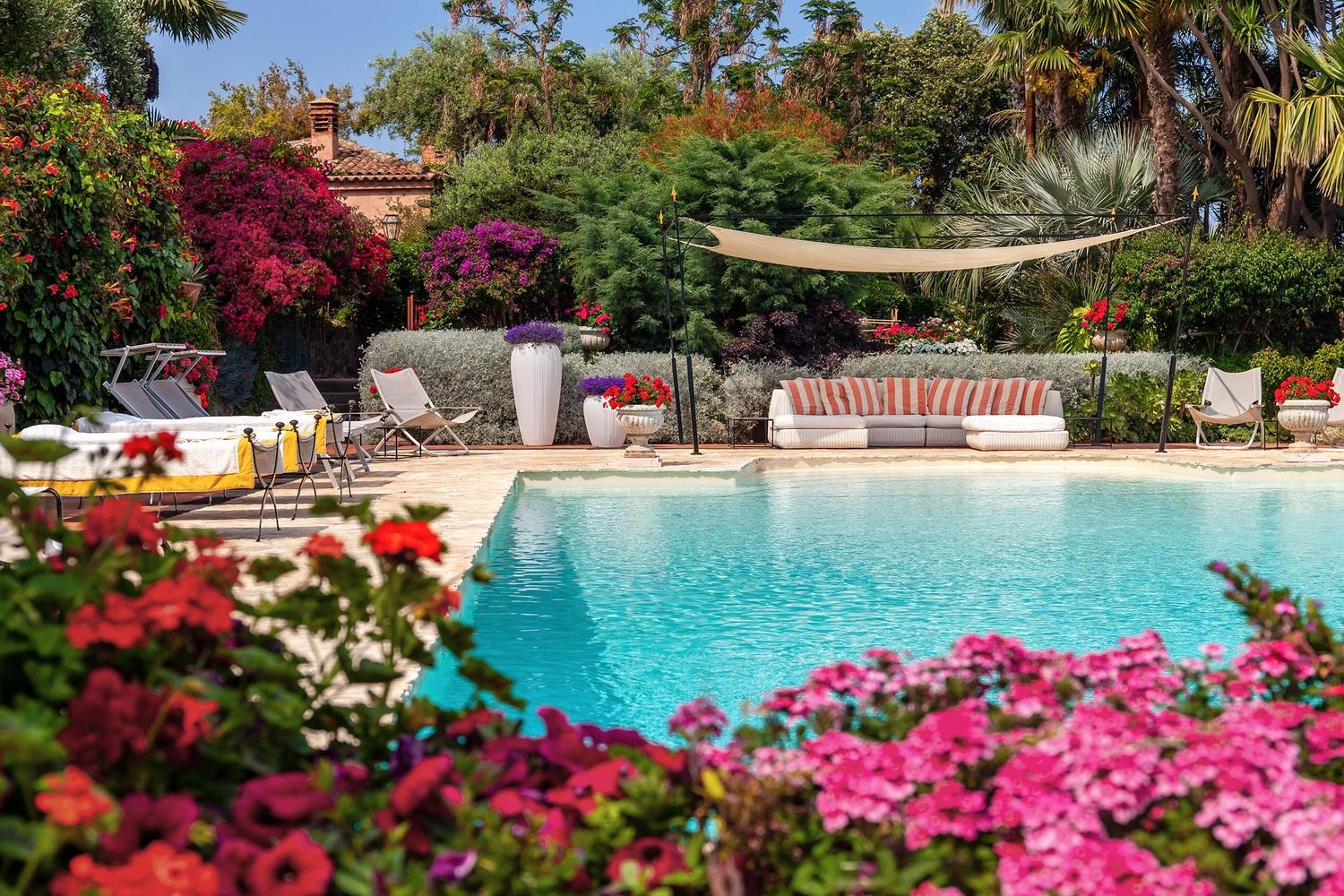 Jewels of the Mediterranean: Luxury multi-generational villa holidays
Jewels of the Mediterranean: Luxury multi-generational villa holidaysThe Thinking Traveller have some of the finest villas in the Mediterranean on their books for multi-generational holidays. Here are just a few of the highlights.
By The Thinking Traveller
-
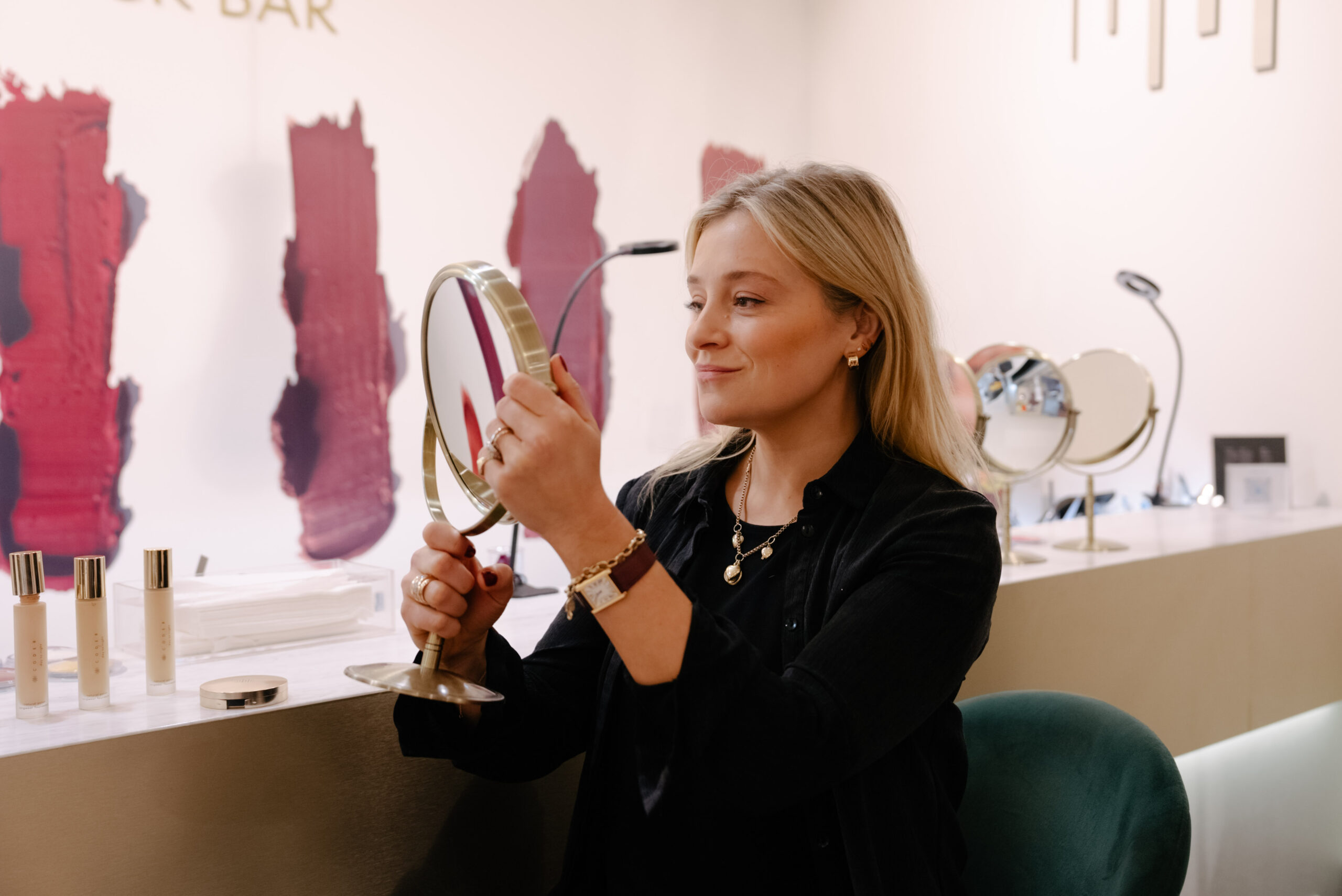 Code8: Beauty on Burlington Arcade
Code8: Beauty on Burlington ArcadeCome along Burlington Arcade with Hetty Lintell to visit beauty gurus Code8, and try their new Day To Night Foundation.
By Code8
-
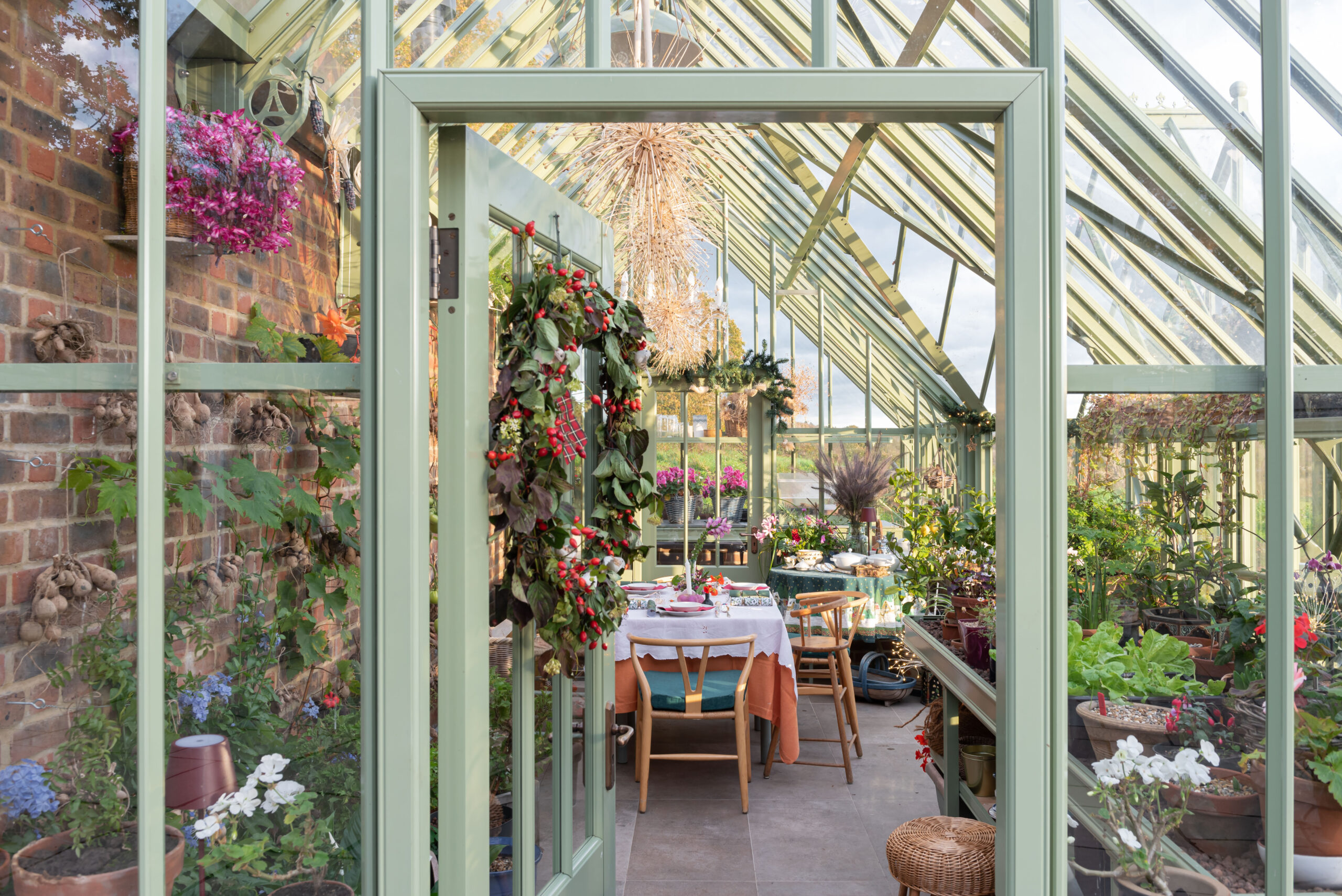 The gift of growing
The gift of growingEntirely built to suit your needs, a bespoke Alitex greenhouse not only helps you nurture flowers and vegetables, but also offers a tranquil retreat from the pressures of daily life.
By Alitex
-
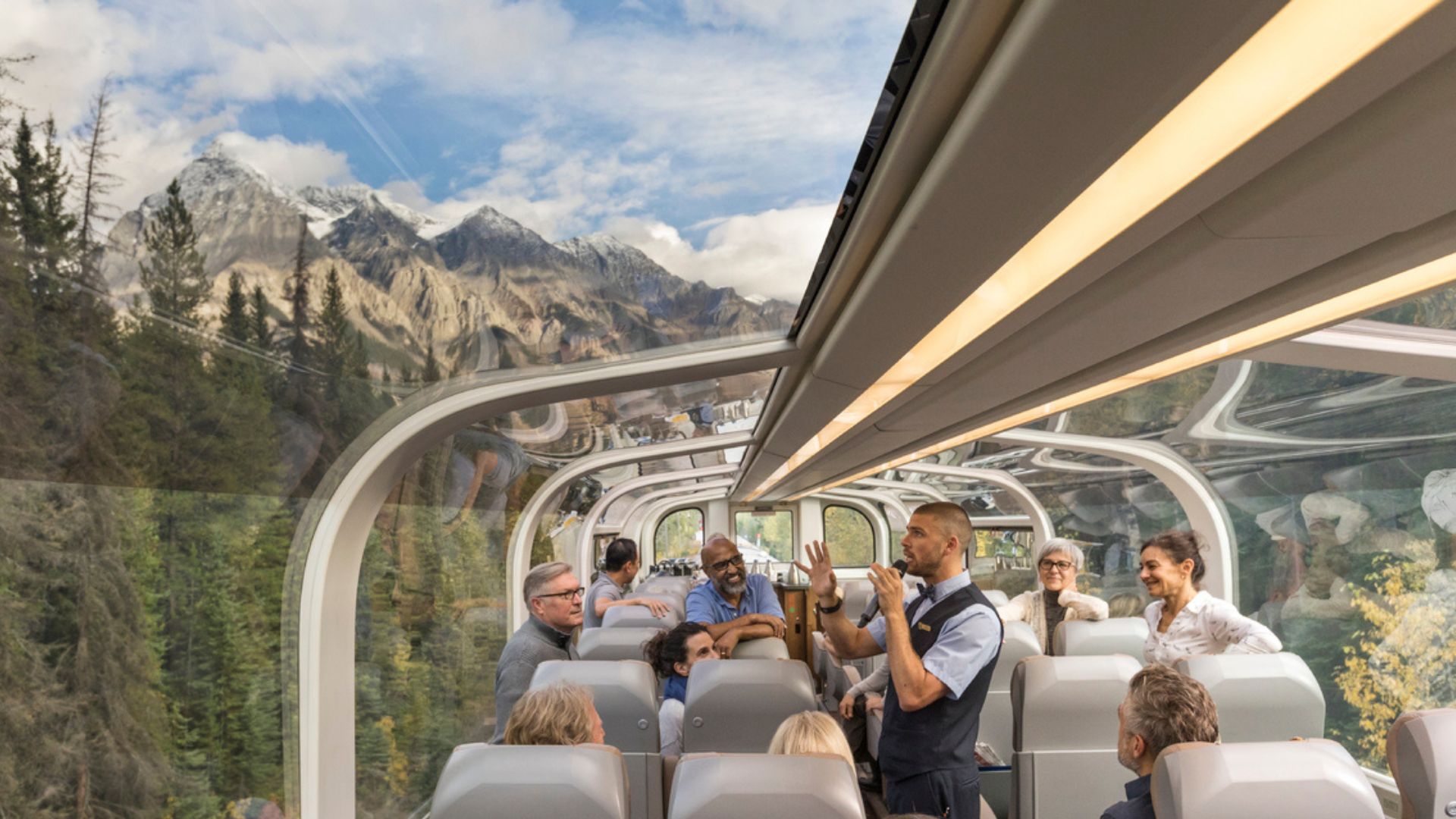 The ultimate Canadian train journey
The ultimate Canadian train journeyExperience the spectacular scenery of the Canadian Rockies onboard the luxury and top-tier service of Rocky Mountaineer.
By allantaylor
-
 Diamonds are a man’s best friend
Diamonds are a man’s best friendMale interest in jewellery is on the rise, with gypsy and signet rings proving especially popular, according to renowned jeweller Hancocks.
By Hancocks London
-
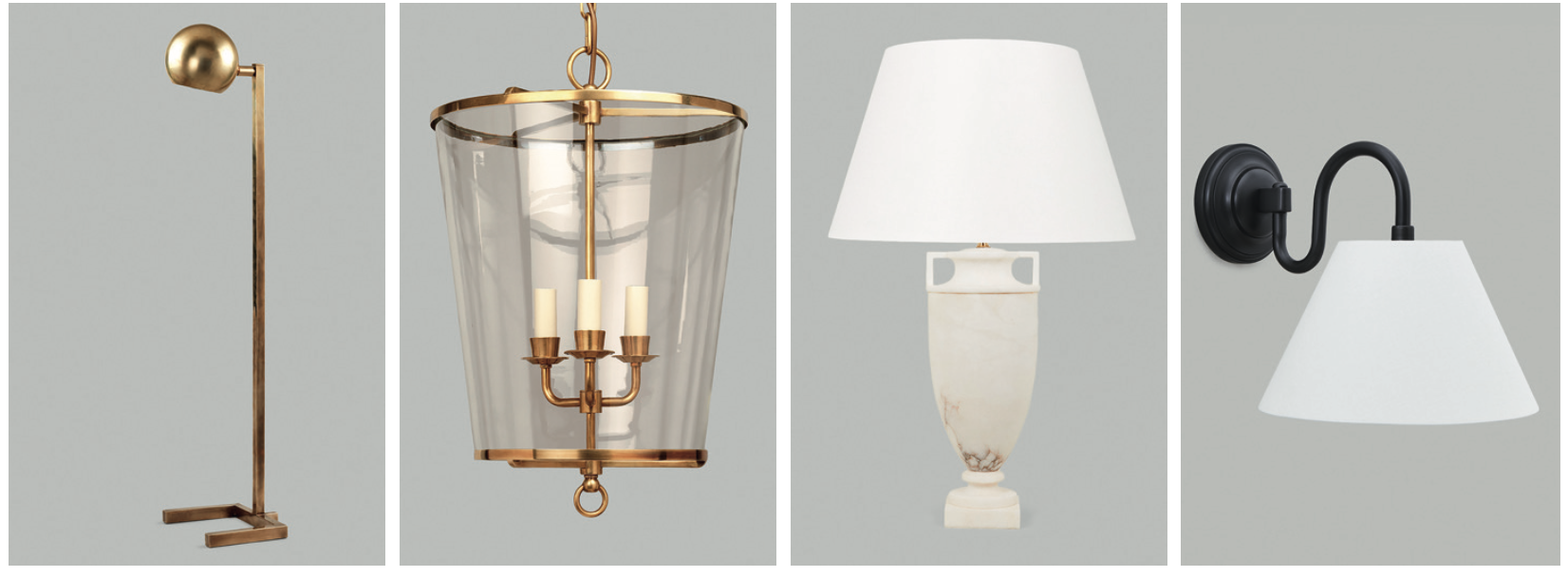 The Art of Lighting: Four of Britain's top designers share their best tips for choosing lighting
The Art of Lighting: Four of Britain's top designers share their best tips for choosing lightingAt a recent panel discussion hosted at Vaughan’s London showroom during Focus/24, interior designers Emma Pocock and Sarah Peake, lighting designer Jo Mann of Lighthouse Designs and Richard Smith of Vaughan shared their top 10 tips on choosing lighting.
By Vaughan
-
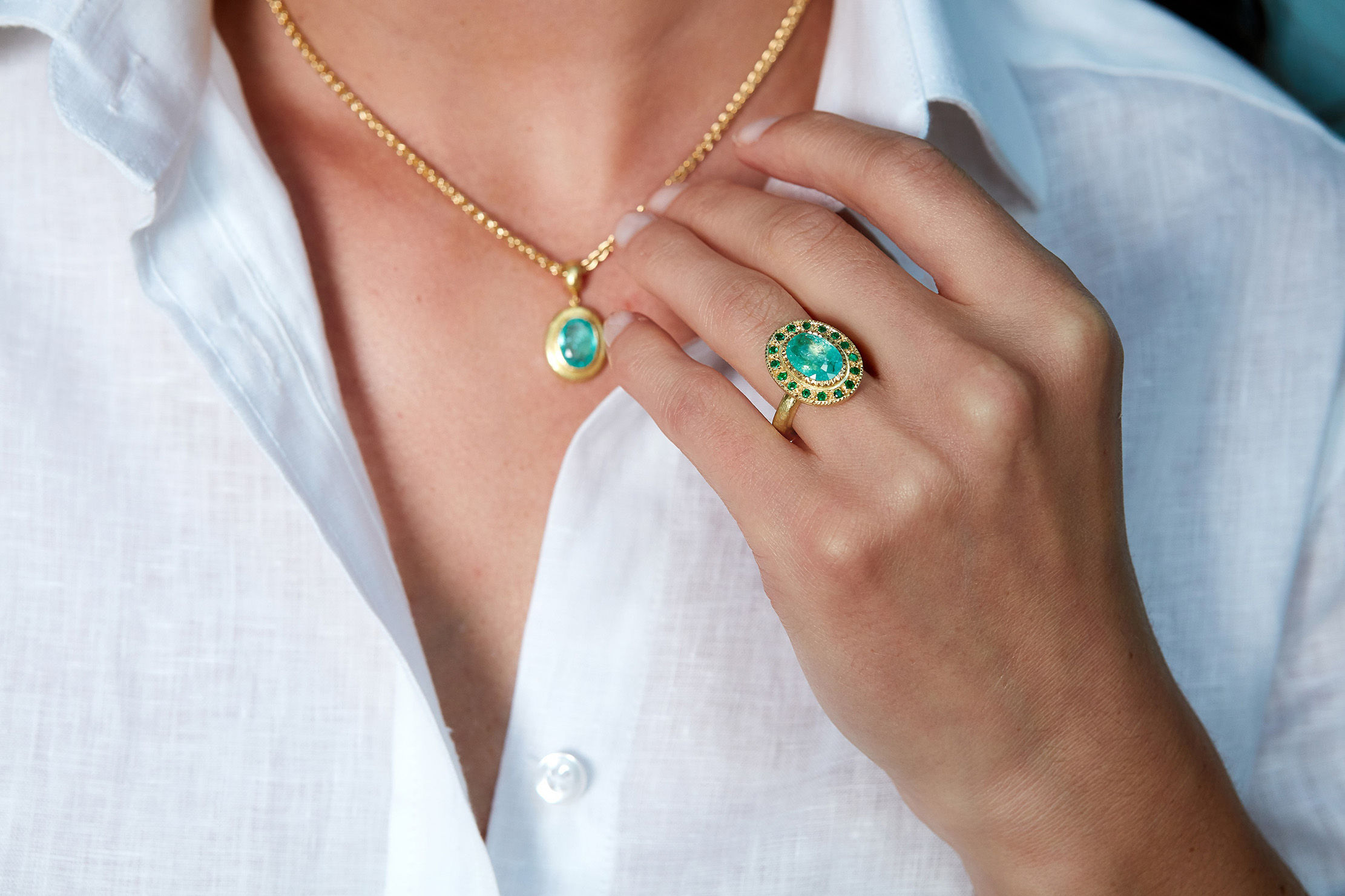 The beauty of bespoke: A journey with Julia Lloyd George
The beauty of bespoke: A journey with Julia Lloyd GeorgeGoing bespoke with Julia Lloyd George means getting not just a piece of jewellery, but a lifelong treasure.
By Julia Lloyd George
-
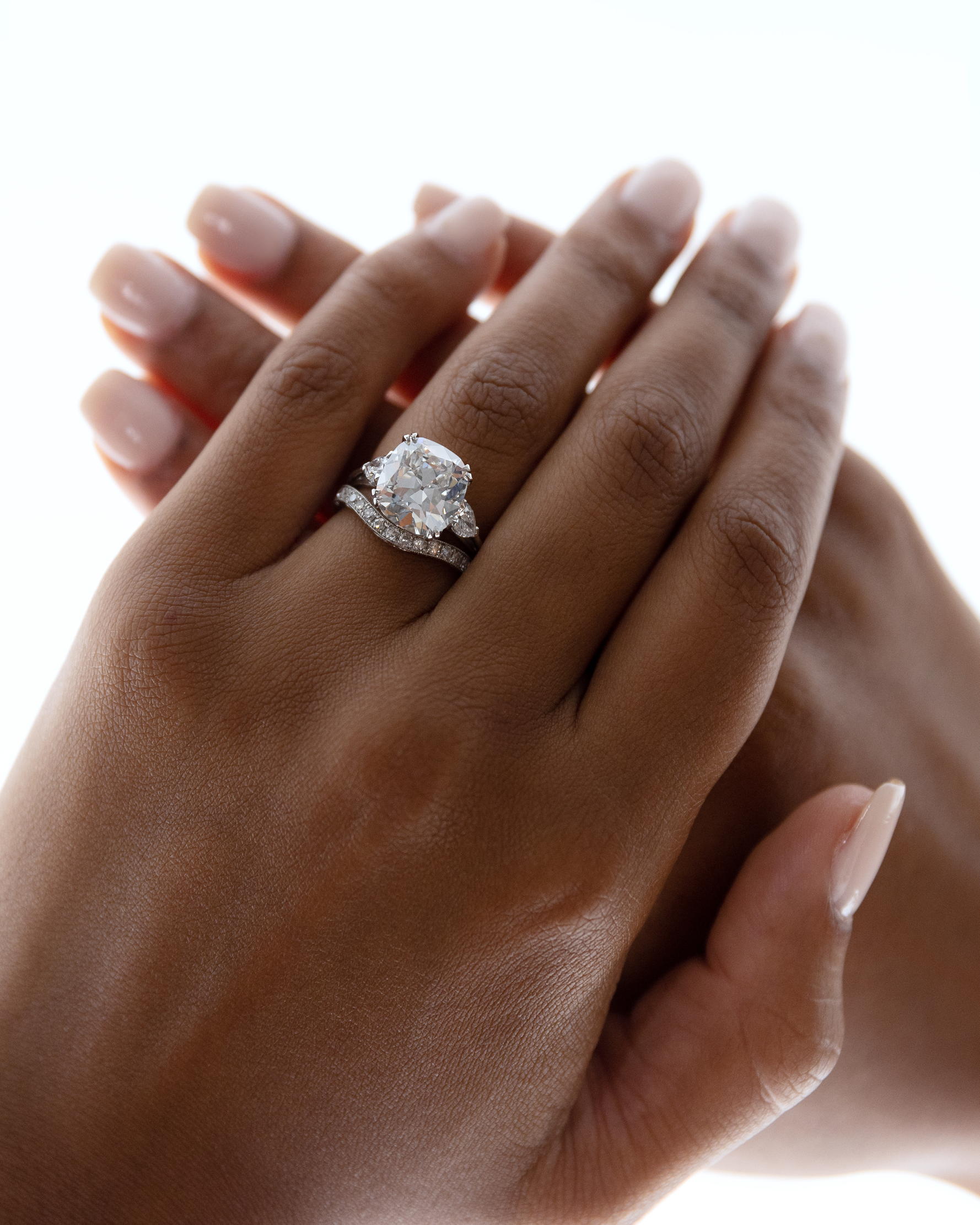 Hancocks: Sparkle of genius
Hancocks: Sparkle of geniusHistoric jewellery firm Hancocks, now in its new St James’s home, specialises in old-cut diamonds pieces that gleam and turn heads even in low light.
By Hancocks London